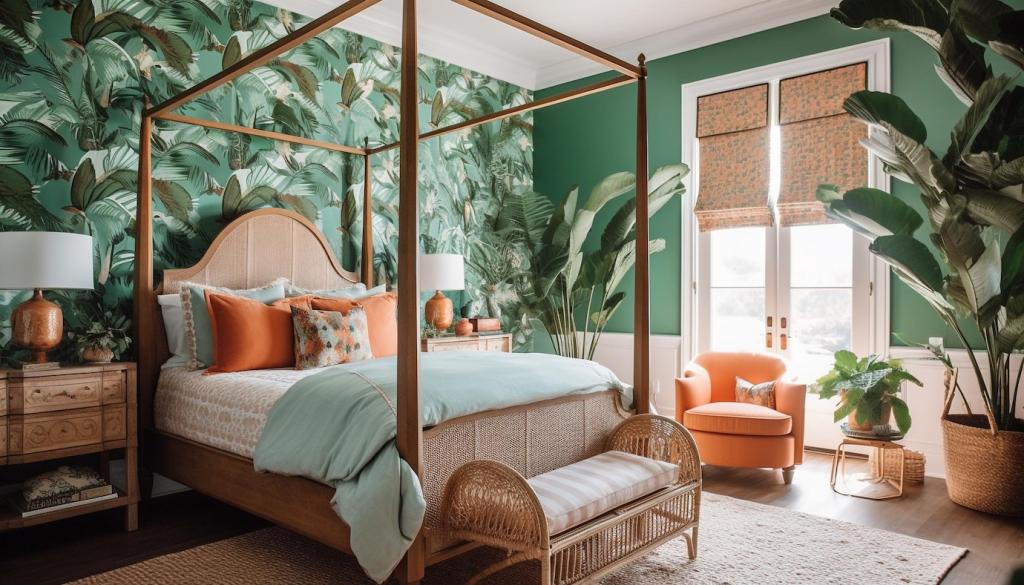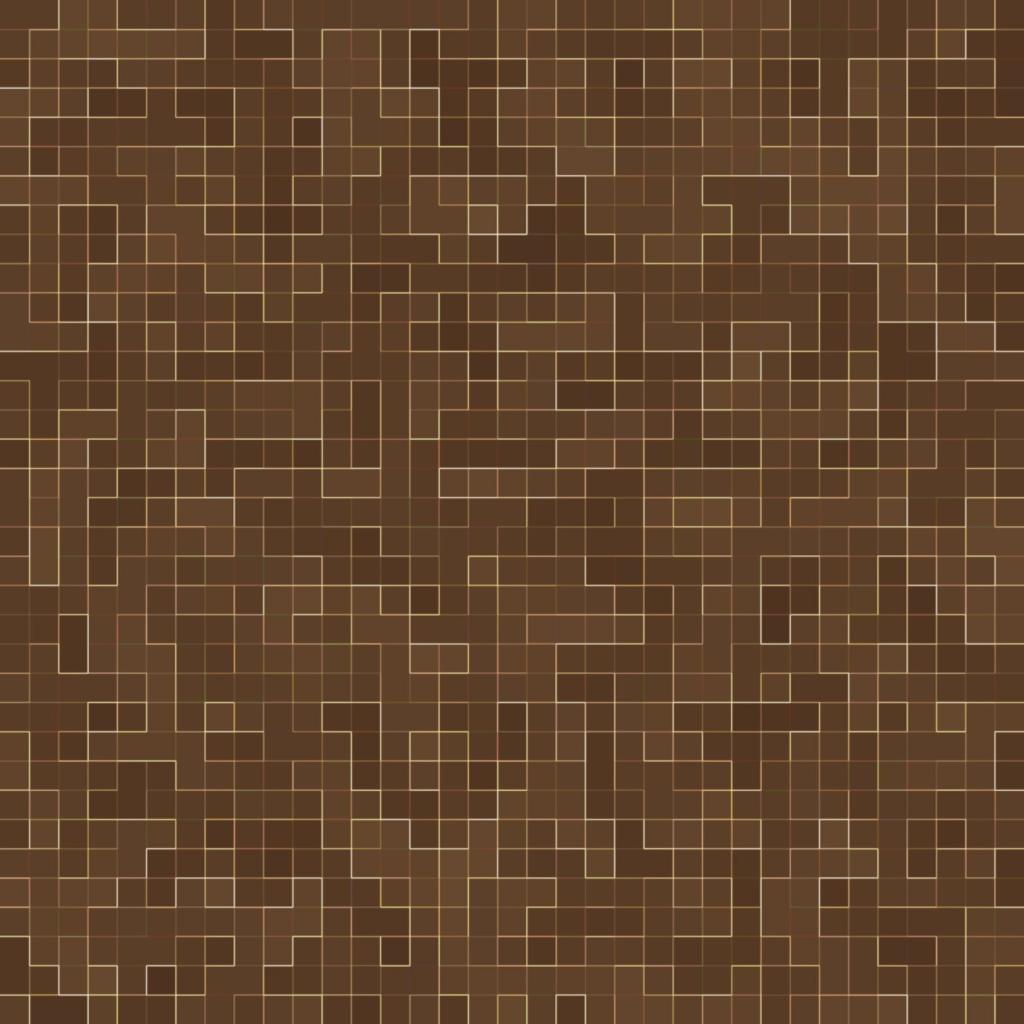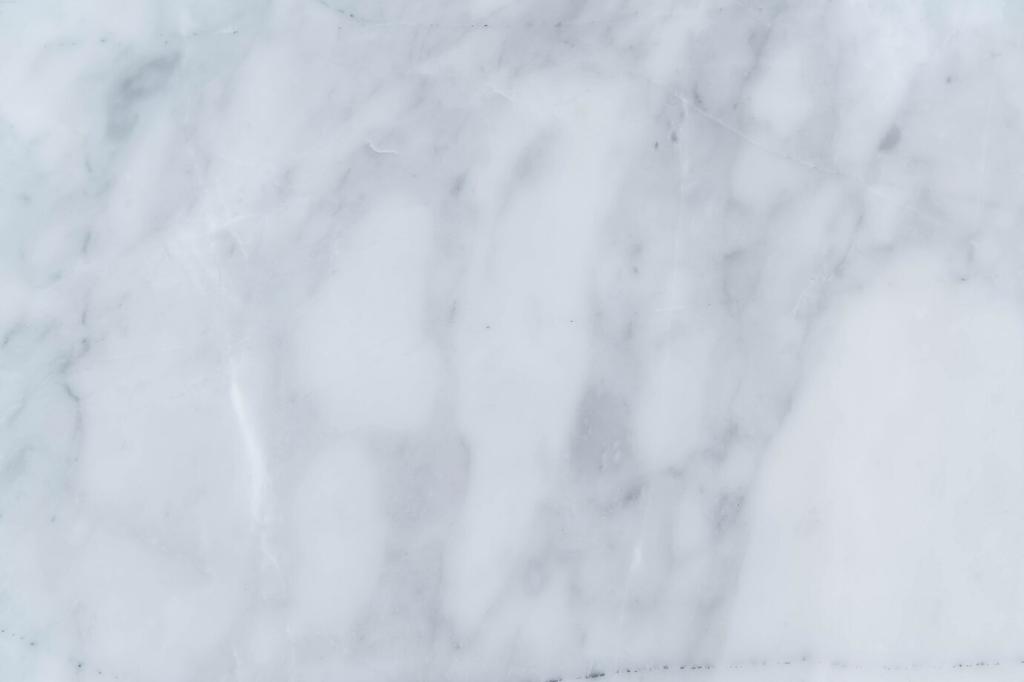Privacy Without Sacrificing Openness
Electrochromic and PDLC switchable glass shift from clear to frosted at the touch of a button, giving you privacy on demand. They are ideal for bathrooms, home offices, or multi-use spaces. Pair with occupancy sensors for automated transitions. Curious about cost trade-offs? Ask, and we’ll share options that fit different budgets.
Privacy Without Sacrificing Openness
Soft textiles and screens make transparency feel intentional. Sheer curtains diffuse daylight while heavier drapery adds night-time warmth. Slatted wood screens and perforated metal panels create sculptural shadows, offering privacy without blocking views. Share photos of your space, and we’ll suggest a layering palette that matches your style.








